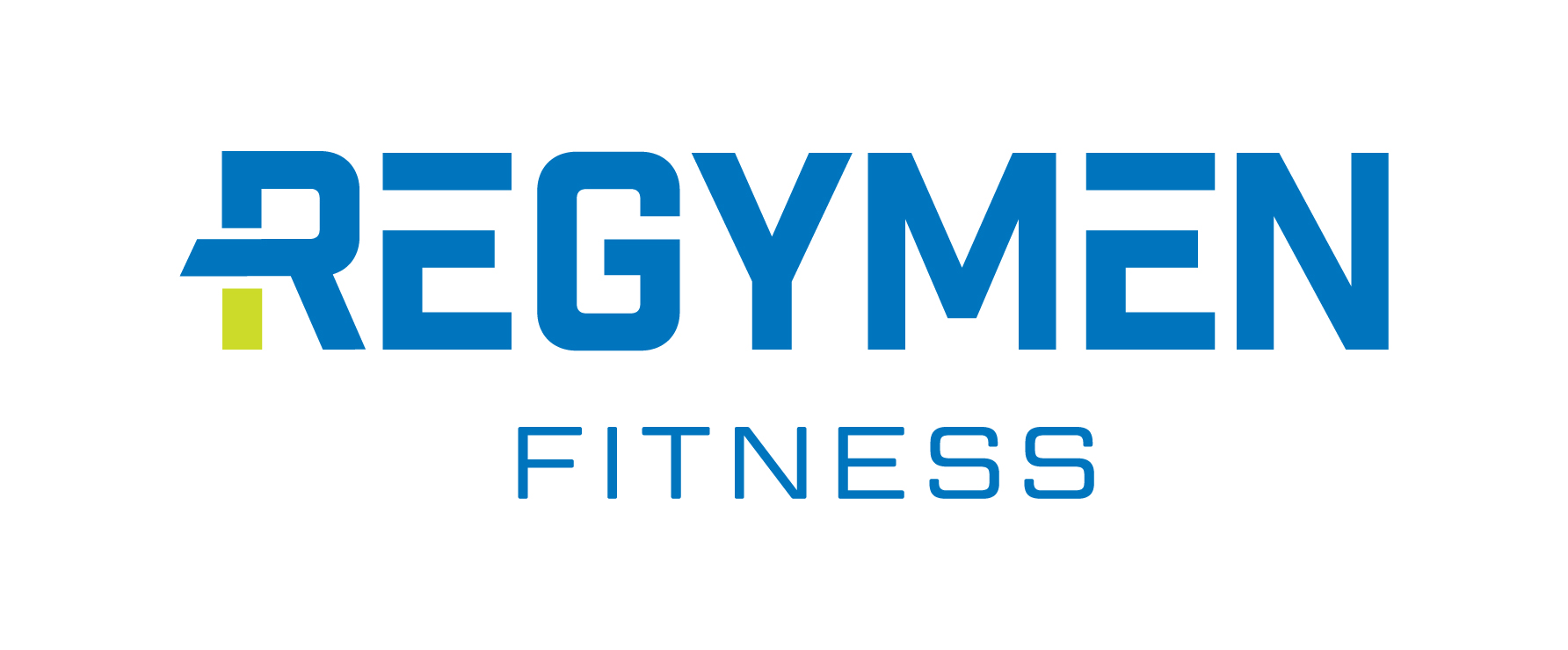You’ve been hitting the gym regularly, pumping iron, yet the numbers on the scale don’t seem to budge. Does this sound familiar? You’re not alone. Many people dive into strength training to shed pounds, only to find frustration instead of results. This confusion often stems from not understanding how strength training impacts weight loss.
Strength training is fantastic for building muscle and boosting overall fitness. However, it’s common to miss a few key elements that connect it to weight loss. Let’s explore why your strength training efforts might not directly lead to weight loss and how you can tweak your approach for better results.
The Basics of Strength Training
First, let’s break down what strength training is all about. Strength training involves exercises that improve your ability to exert force through resistance. This can be done using free weights, machines, or even your own body weight. The main goal is to build muscle strength and endurance.
– Benefits of Strength Training:
– Increases muscle mass
– Boosts metabolism over time
– Enhances bone density and joint flexibility
Muscle growth means your body becomes more efficient at burning calories, even when you’re resting. It’s an essential part of boosting overall fitness and maintaining a healthy body. However, if the goal is to see the numbers drop on a scale, focusing solely on strength training might not be the sole answer. Understanding its benefits is the first step in connecting it to your weight loss goals. With the right adjustments, your routine can still work wonders for how you look and feel.
Common Mistakes in Strength Training for Weight Loss
Even with the best intentions, it’s easy to make some mistakes when using strength training as a tool for weight loss. Here are common pitfalls and how they can derail your goals:
1. Neglecting Cardio: Strength training alone doesn’t burn as many calories as combining it with cardiovascular exercises, which elevate your heart rate and burn calories quickly.
2. Diet Overlooks: Diet and strength training should go hand-in-hand. Strength training builds muscle, but managing your calorie intake primarily drives weight loss. Consuming more calories than you burn, even with working out, may lead to unwanted weight gain.
3. Inconsistency: Skipping sessions or being inconsistent with workouts can slow down progress. Regular strength training helps build and maintain muscle mass, but inconsistent efforts won’t support weight loss effectively.
4. Poor Form: Using improper form can lead to injuries, forcing you to take breaks from working out. This interrupts the routine necessary for consistent progress, impacting your weight loss and fitness journey.
By addressing these common mistakes, you can better align your strength training with your weight loss goals, ensuring your efforts translate into noticeable outcomes. Sometimes, it’s just a few simple tweaks that can make all the difference in your progress.
Integrating Cardio and Nutrition
You’ve assessed the pitfalls, and now it’s time to make those strength training sessions count by weaving in some cardio and nutrition tweaks. Adding cardio to your routine can greatly aid in weight loss. When you elevate your heart rate with activities like running, cycling, or swimming, you can burn calories more efficiently, complementing your strength training efforts. It doesn’t mean you have to spend hours on a treadmill. Even short bursts of cardio, like a quick sprint or a brisk walk, can enhance your workout’s effectiveness.
Let’s not overlook diet. Pairing strength training with a balanced diet can lead to better results. Building muscle ramps up your metabolism, but the key to weight loss lies in managing your calorie intake. Focus on nutrient-rich foods that fuel your workouts and assist in recovery. Think of lean proteins, whole grains, and plenty of fruits and vegetables. Each meal should support your energy needs while not exceeding your calorie goals.
Setting Realistic Expectations and Goals
Rome wasn’t built in a day, and neither are dream bodies. Patience is the cornerstone of any successful fitness journey. Setting realistic goals can help you stay motivated and avoid unnecessary frustration. Start small with achievable milestones—like increasing the weight you lift over time or completing two more cardio sessions each week.
Tracking your progress can also keep you on course. Monitor changes in how your clothes fit, energy levels, and overall strength rather than just the scale. Sometimes, the most meaningful changes aren’t numerical. Keep a journal or use apps to track workouts and meals. This reflection helps you see what’s working and where tweaks might be needed.
Wrapping Up Your Fitness Journey
As you blend cardio, strength training, and good nutrition, you start noticing a shift—a slower number on the scale but tighter jeans and more energy. Recognize that effective weight loss is a combination of various elements working together. Each part, from cardio to diet, plays a role in a larger network of progress.
In the end, getting support from fitness professionals can be a wise step. Having guidance can tailor your approach, making sure it’s aligned with your personal goals and lifestyle. Although the process might seem complex, you’re never tackling it alone. Surrounding yourself with the right resources and people can make all the difference in your fitness journey.
Ready to take your fitness journey to the next level? Explore how incorporating strength training for weight loss into your routine can make a difference. At Regymen Fitness Ascension, we offer workouts designed to help you achieve your goals. Whether you’re new to strength training or looking to optimize your regimen, our supportive environment in Gonzales and team are here to guide you every step of the way.

